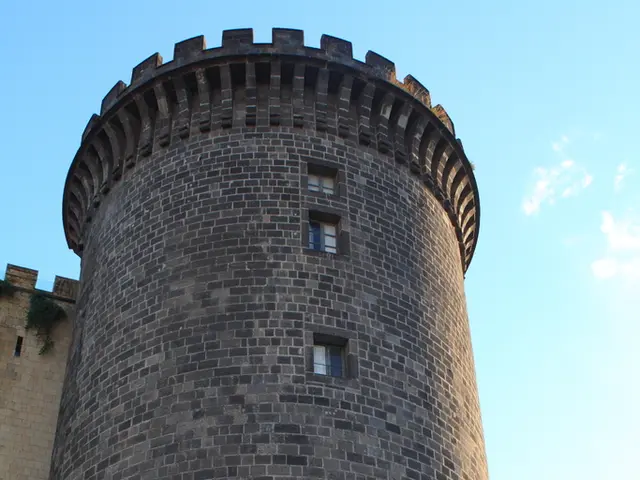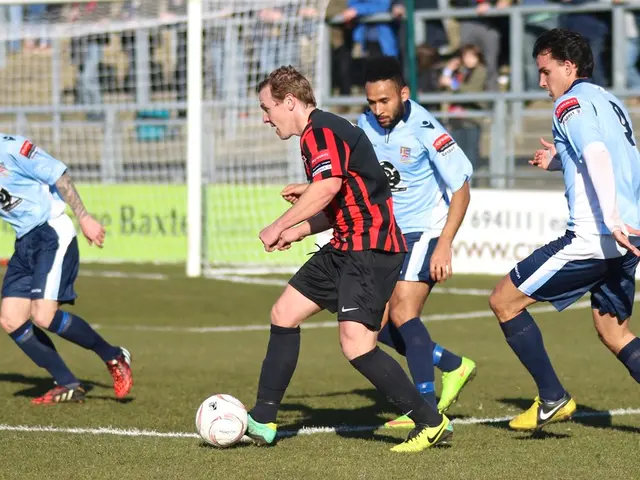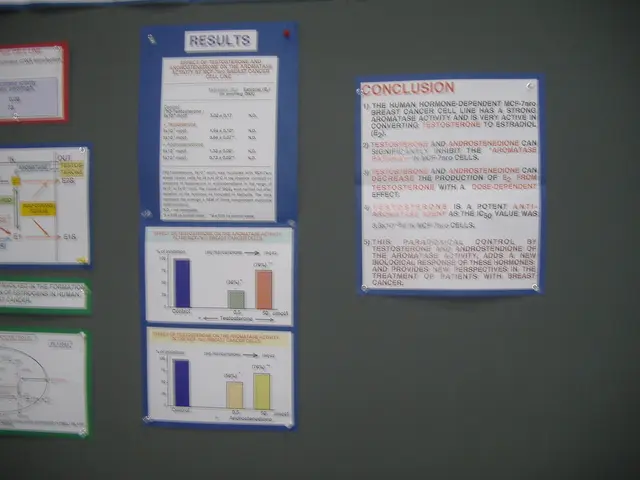The Shift from Single-Zero Roulette in Sin City Casinos
Rare Game of Chance on Las Vegas Strip: Single-Zero Roulette Facing Extinction
In the ever-competitive landscape of Sin City casinos, one notable trend emerging on the Las Vegas Strip is the decline of single-zero roulette tables, also recognized as European Roulette. These tables, limited in number, now often come with high minimum bets, discouraging the average player:
The primary reason for this growing trend lies in the house edge, which increases when a zero is added to the table. Traditional single-zero roulette boasts an RTP (Return to Player) rate of 97.3%, compared to 94.74% for double-zero and 92.31% for triple-zero. Historically, table games have enjoyed smaller house edges compared to slot machines; however, this trend is now shifting.
Las Vegas casinos pocketed $358.7 million from roulette last year. With gamblers placing billions on roulette every year, seemingly minor differences in house edge can soon add up.
For those seeking better value table games in Las Vegas, downtown casinos like the Plaza offer $15 minimum bets for single-zero roulette, slightly tilting the odds in your favor.
Important Note:
European Roulette, with its single-zero wheel, is becoming less common compared to American Roulette, featuring two zeroes. The primary factors driving this shift include:
- Player Preference vs House Edge: American Roulette's house edge of 5.26% contrasts with European Roulette's 2.7%. However, the popularity of American Roulette persists due to the thrill it offers from unique bets like the "top-line" or "five-number" bet, which carries a payout of 6:1[1].
- Casino Strategy: Casinos are drawn to American Roulette's higher profit margin, achieved due to the extra zero significantly increasing the house edge[1][5].
- Availability and Trends: The proliferation of triple-zero and double-zero tables, coupled with the decrease in single-zero options, is attributed to evolving casino and player preferences as well as casinos adapting their offerings for maximum profits[2].
House Edge Differences:
The house edge disparity between European and American Roulette arises from the number of zeros on the wheel:
- European Roulette: Featuring a lone zero, it comes with a house edge of 2.7%. The "la partage" rule, common in European Roulette variants like French Roulette, lowers the house edge to 1.35% on even-money wagers when the ball lands on the zero[2][4].
- American Roulette: Equipped with two zeroes (0 and 00), the house edge rises to 5.26%. This version does not apply the "la partage" rule[1][5].
Overall, European Roulette delivers better odds to players thanks to its single zero, but its reduced availability in Las Vegas casinos stems from casinos prioritizing the profits offered by American Roulette.
- The shift from single-zero roulette tables, commonly known as European Roulette, in Sin City casinos is evident, with high minimum bets discouraging average players.
- The house edge, a crucial factor in this trend, increases when a zero is added to the table, causing a decline in RTP (Return to Player) rates, such as from 97.3% for single-zero roulette to 94.74% for double-zero.
- With casinos in Las Vegas pocketing millions from roulette games annually, even seemingly minor differences in house edge can accumulate significantly.
- For those seeking better value table games in Las Vegas, casino-and-gambling establishments like the Plaza offer more favorable odds with single-zero roulette games at reasonable minimum bets.
- Despite European Roulette's single zero providing better odds to players, the popularity of American Roulette, featuring two zeroes, persists due to unique bets, casino strategy, and evolving casino and player preferences, making it more common in Las Vegas casinos.









